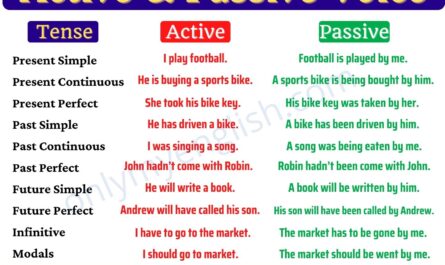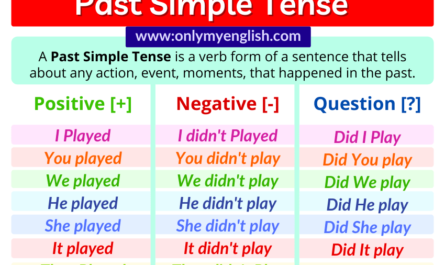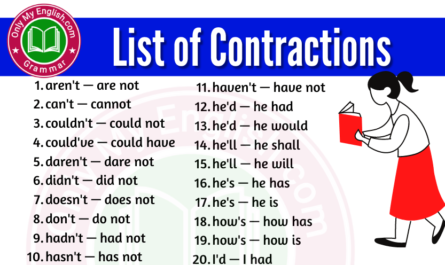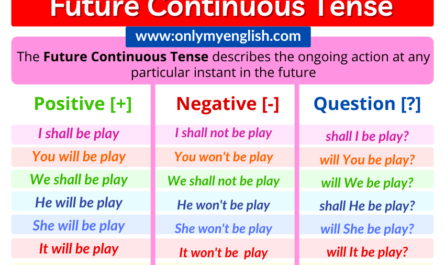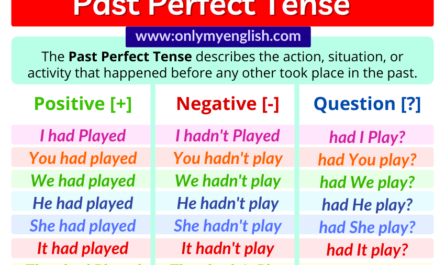Punctuation marks in the English Language are essential and commonly used in English grammar, doing writing and reading easy and more convenient. There are 14 punctuation marks in the English Language.
The following are the punctuation marks mentioned below;
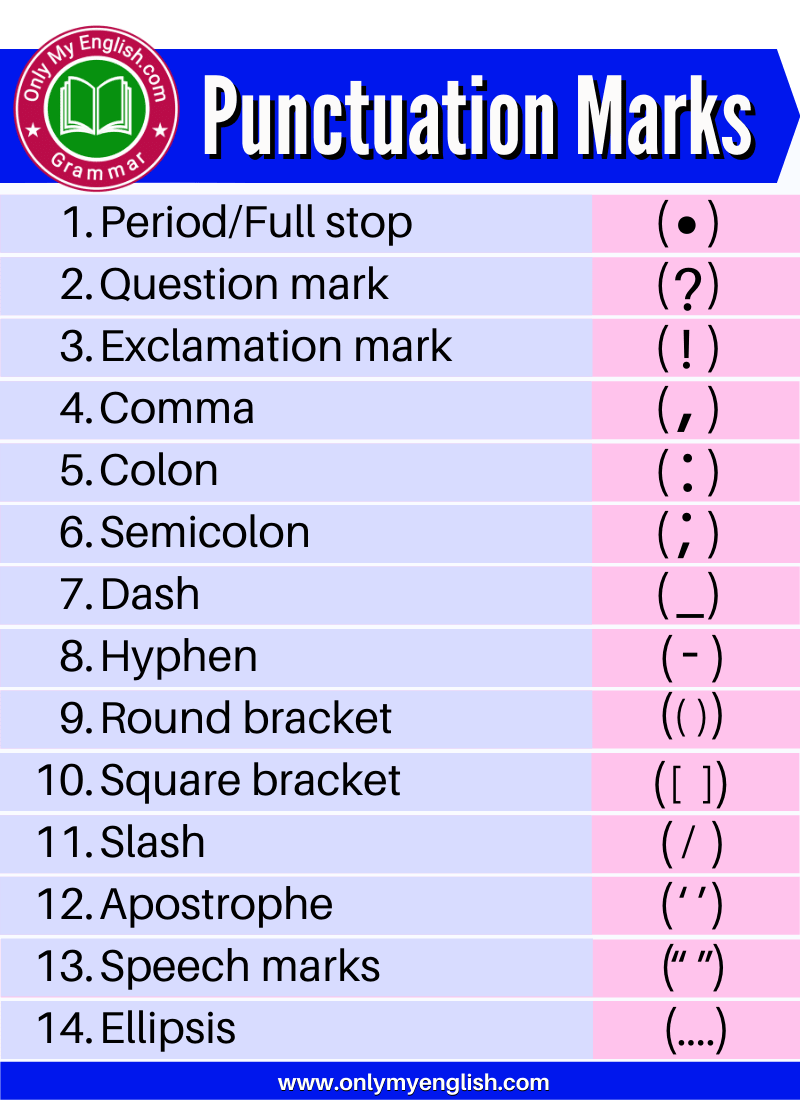
List of Punctuation Marks
- Period/Full stop ( . )
- Question mark ( ? )
- The exclamation mark ( ! )
- The comma ( , )
- Colon ( : )
- Semicolon ( ; )
- Dash ( _ )
- Hyphen ( – )
- Parentheses/Round bracket ( ( ) )
- Square bracket ( [ ] )
- Slash ( / \ )
- Apostrophe ( ‘ ’ )
- Quotation marks/Speech marks ( “ ” )
- Ellipsis ( … )
Among all punctuation marks, three marks are used as sentence endings.
Full stops/periods, Question Marks, and Exclamation Marks.
Period/Full stop ( . ):
The period mark is also called a full stop that is always used to end a sentence. It shows that the sentence is completed or declared.
Examples:
- She went to school.
- He plays football.
- Ramesh is a good boy.
Question mark ( ? ):
Any sentence that begins with Wh-type words asks a question or an interrogative sentence ends with a question mark. It expresses that the given sentence is a direct question/interrogative statement.
Examples:
- Who is the principal of this college?
- What do you want to form us?
- How do you know my address?
The exclamation mark ( ! ):
The exclamation mark is used to end the statements to show emphasis. It can also be used in the middle of the sentence. It expresses intense emotion, strong feelings, joy, sorrow, and excitement or command by the sentence.
Examples:
- You are Fantastic!
- I’m so excited today!
- Hooray! We won the tournament.
The comma ( , ):
A comma is used to pause a statement or differentiate two separate ideas, phrases, elements, or even alter the statement structure. It can also express with numbers, dates, etc.
Examples:
- You are a handsome, shy, and romantic person.
- We’ve seen the Tajmahal, Red Fort, and the Qutub Minar in a row when we are out for a tour of historical places.
- She was born on Wednesday, September 25, 1996.
Colon ( : ):
A colon is a punctuation mark that separates two independent clauses to show emphases, such as quotations, series, or even explanations. It is also used to link two different clauses where any of the clauses satisfy the other.
Examples:
- Jayson has three kids: Joseph, Robin, and Mathews.
- She prepared her science project with random things: recycling wastes, old newspapers, empty syringes.
- I don’t want to eat anything: my stomach is full.
Semicolon ( ; ):
A semicolon is used in a sentence to separate two independent clauses or within a list where commas are used.
It shows a better relationship between those two clauses.
Examples:
- I don’t want to go outside; I’m suffering from a headache.
- On this trip, we are visiting pilgrims such as Haji Ali, Mumbai; Kaashi, Uttar Pradesh; and Amarnath, Himachal Pradesh.
- My father is an architect; my mother is an engineer.
Dash ( _ ):
A dash is used for separating the words in a sentence.
Dashes are of two types; En type dash and Em type dash differ by size and usage.
- The ‘En’ dash (–) is used for expressing range or connection between two units.
- The ‘Em’ dash is longer (—) is used in such places where we can also use a comma, colons, and parentheses.
Examples:
- He completed his graduation in the session 2012-2016.
- We just heard the news of an airstrike near the Indo-Nepal border.
- All players shouted lastly — Hooray!
Hyphen ( – );
The hyphen is a punctuation mark that is used in a sentence to show three main uses.
It is used with compound words that link with prefixes and the word breaks.
Examples:
- He is a nine-year-old genius with many records.
- My brother-in-law went to the US last week.
- We need a pre-planning for his wedding ceremony.
Parentheses/Round bracket ( ( ) ):
The punctuation mark parenthesis is also called a round bracket used to show additional thought regarding a statement. It can also be used instead of using commas without affecting the meaning of the sentence. It is also used to provide extra information regarding certain things.
Examples:
- The new railway track has been built to connect two states (Himachal Pradesh and Jammu & Kashmir) for trade and services.
- Two friends (Ram and Shyam) have prepared for the Olympics that will be held this year.
- Jeff Becoz (owner of the Amazon company) helped the people who suffered from floods last month.
Square bracket ( [ ] ):
A square bracket as a punctuation mark is used to highlight or specify the information with technical details in any sentence. It is also used to define a subject in a sentence that recites any other person.
Examples:
- Wasn’t she [the lecturer] there when you arrived?
- He [Mr. Rakesh Sharma] was the first person from India who traveled to space.
- A fan said that “[M.S.Dhoni] is his favorite cricket player.”
Slash ( / ):
Most of the time, a slash is also called a forward slash, an oblique dash, or a virgule. It is used in a sentence to discriminate between alternative words. It separates parts of the internet web links, addresses, or writing any file names. It is used for fractions in mathematical equations or to show the word “per” in measurements or units in formulae.
Examples:
- https://www.alphabet.com/
- two-third= 2/3.
- The speed of commercial airplanes in the air is around 800-950 km/hr (450-575 mph).
Apostrophe ( ‘ ):
An apostrophe is a punctuation mark that refers to the need for any appropriate letter in a word, possessive case, to show plurals or reveal the lowercase letter. It is used to contract certain words.
Examples:
- I’ve told you earlier to stop blaming each other.
- I like to watch the Helicopter’s shot played by Dhoni.
- My friend’s sister’s mother is suffering from cancer!
Quotation marks/Speech marks ( “ ):
Quotation marks are used to mark certain words or any sentence, phrase in a sentence. Quotations are also used to highlight meanings. Single Quotation marks are used while writing quotes.
Examples:
- “Don’t touch my Laptop,” my brother shouted.
- An Australian cricketer once said during interviews, “M.S.Dhoni is my favorite cricket player.”
- “They went to the US last week,” said his mother.
Ellipsis ( … ):
Ellipses are a set of three periods that are commonly used in a sentence to indicate an omission or used to switch from one phrase to another phrase. In some cases, it is also used to shorten the length of the sentence, where the text is not needed.
Examples:
- He starts counting, “One, two, three, four…” until he finishes up to 10.
- To be continued…
- You won’t believe what I saw there…
